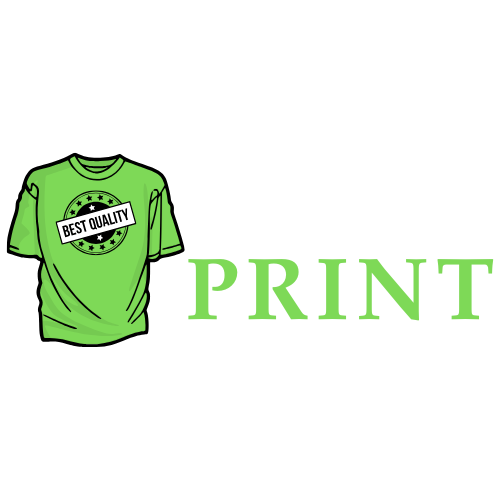DTF supplies maintenance is essential for keeping vibrant colors and durable finishes in direct-to-film printing, protecting your investment from wear and downtime. By adopting a routine that mirrors DTF printer maintenance, you can prevent clogs, misfeeds, and color shifts that erode efficiency. Part of this care toolkit is DTF ink care, ensuring consistent viscosity and color fidelity across jobs. Smart practices also cover DTF transfer film care and standard DTF supplies upkeep, helping extend materials lifespan and reduce waste. A simple weekly check-in, clean storage, and calibrated profiles translate into steadier production, lower costs, and more reliable results.
Viewed through a broader lens, DTF supplies maintenance becomes a holistic approach to the print workflow. This reframing centers on consumables upkeep across inks, films, powders, and the printer itself, with attention to storage, handling, and calibration. Practical steps, such as protecting printheads, monitoring ink viscosity, and storing transfer film in a cool, dry environment, reinforce the longevity of your materials. Using LSI-friendly wording like printer upkeep, ink care routines, and film care helps your content surface for related queries while guiding users to actionable maintenance habits. Ultimately, adopting this broader vocabulary supports consistent results, reduced downtime, and a healthier, more productive DTF operation.
DTF Supplies Maintenance: Prolonging Materials Lifespan and Print Quality
DTF supplies maintenance is not just about cleaning; it’s about preserving the integrity of films, inks, powders, and printers so you can achieve consistent results session after session.
Understanding DTF printer maintenance is foundational; when you treat the printer, films, and inks as a system, regular upkeep reduces downtime, waste, and cost while boosting reliability and throughput.
A practical approach to DTF supplies upkeep includes a weekly printer check, correct ink storage, sealed transfer films, careful powder handling, and an environment that minimizes humidity and temperature swings—together, these steps extend materials lifespan.
DTF Ink Care and DTF Transfer Film Care: Extending Materials Lifespan
DTF ink care is a core element of maintaining color fidelity and adhesion. Proper storage away from heat and light, gentle agitation before use, and clean practices after printing help keep pigment stability and consistent output.
DTF transfer film care should also be a priority: store films in a dry, dark environment, shield them from humidity and direct sun, and handle them gently to prevent creases that compromise transfer quality.
Pairing ink care with film care and routine calibration supports extend materials lifespan and aligns with broader DTF supplies maintenance, ultimately reducing waste and downtime.
Frequently Asked Questions
What are the essential steps in DTF supplies maintenance to extend materials lifespan?
DTF supplies maintenance starts with treating the printer as a system. Regular DTF printer maintenance (nozzle checks, cleaning cycles, wiper and capping station care, rollers) keeps color output stable. For DTF ink care, store inks properly to preserve viscosity and color fidelity, and handle them with gentle agitation when needed. Protect transfer films and powders from humidity and sunlight; seal films after opening; ensure proper storage temperatures. Clean the print path and calibrate profiles whenever you introduce new media. Maintaining a controlled environment (stable temperature and humidity) reduces issues. Following these practices helps extend materials lifespan, reduce waste, and keep production predictable.
How does DTF transfer film care fit into DTF supplies maintenance and affect print reliability?
DTF transfer film care is a key element of DTF supplies maintenance. Proper film storage in a dry, dark environment, humidity control, and gentle handling prevent adhesion problems and misregistration. By protecting films from humidity, direct light, and bending, you reduce the need for reprints and printer wear. This leads to more consistent transfers, less material waste, and longer service life for your printer and related components, aligning with good DTF printer maintenance practices.
| Topic | Core Message | Practical Tip |
|---|---|---|
| DTF Printers | Regular printer maintenance prevents defects; includes print heads, capping stations, wipers, and rollers; monthly checks plus weekly quick-clean routines support stable output. | Do nozzle checks, calibrate, and follow manufacturer cleaning guidance for routine care. |
| DTF Inks | Proper storage, handling, and gentle agitation maintain viscosity and color fidelity; consistent output. | Keep bottles closed, store upright, protect from heat/light; agitate before use; clean ports after use. |
| Transfer Films & Powders | Moisture control and careful handling prevent adhesion issues and uneven transfer. | Seal films, store dry, use desiccants, monitor for clumping and replace batches as needed. |
| Material Lifespan & Calibration | Life depends on storage/handling and calibration; regular profiling reduces waste. | Calibrate and profile regularly; maintain consistent color workflow and documentation. |
| Practical Steps (Weekly Routine) | A defined weekly routine to sustain print quality and material longevity. | Follow steps: nozzle checks; store inks; protect films; monitor powders; clean paths; calibrate; control temperature/humidity. |
| Common Mistakes to Avoid | Recognize frequent missteps that degrade output and shorten material life. | Avoid humidity swings, reuse old films, skip calibration, and over-cleaning; adhere to guidelines. |
Summary
DTF supplies maintenance is a practical, ongoing discipline that pays off through longer material lifespans, lower waste, and more reliable production. By treating each component—from inks and powders to transfer films and the printer itself—as parts of an integrated system, you can extend the life of your materials and keep your workflow efficient. Regular maintenance, smart storage, and mindful handling are not optional add-ons; they are foundational practices that enable you to achieve consistent results, reduce downtime, and maximize the return on your DTF investment. If you commit to these principles, you will see fewer interruptions, higher-quality transfers, and an overall healthier print operation that stands the test of time.
